Ann Roth – Energy and rhythm
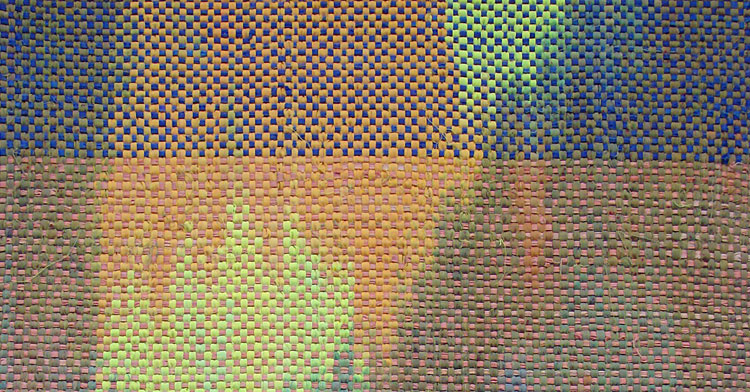
Ann Roth is well known for her experimentation with colour and pattern which she uses to create the illusion of ‘deep, layered and contemplative spaces’. Warp and weft elements collide in her weavings, the outcome of which is dramatic and contrasting. Recently, Ann has been finding inspiration in the vibrancy of ikat fabrics and embroideries from Uzbekistan.
Ann completed a graduate programme at the University of Kansas, where she received an MFA in Textile Design in 1982.
Quilting and natural dyes
TextileArtist.org: What or who were your early influences and how has your life/upbringing influenced your work?
Ann Roth: Making things was an integral part of my upbringing, and I’ve loved fabrics ever since I started sewing. I grew up in a modern house my father designed and built in 1951, my mother and her mother were great cooks and gardeners, and my paternal grandmother taught me to sew when I was about 10.
What was your route to becoming an artist? (Formal training or another pathway?)
I earned a BFA in studio art along with a certificate to teach K-12 art at the University of Michigan in 1972. I didn’t realize how interested I was in textiles until after completing my degree. Textile techniques were taught in the art education methods classes, and I realized those classes were the most stimulating to me. I started exploring batik, quilting and natural dyes and took a weaving class while I taught junior high art for a year and a half. Slowly I began to focus on weaving and earned a MFA in textile design at the University of Kansas in 1982.
Prior to going to grad school I was involved in arts administration, and I returned to that field afterward. I wove and experimented through the years until 2001 when I began to teach color theory at the college level and had more time to devote to my art.
What inspires you?
I am drawn to the energy and rhythm of color and pattern, and I have collected many examples found in nature, landscape, architecture, fabrics, daily life, structures of all kinds, textile techniques, and contemporary and historic textiles from different cultures. I find Pinterest to be a good way to store and organize these images.
I became interested in Japanese textiles through a Japanese art history class in graduate school. It started with the intricately laced together metal plates in Japanese armor, and led to kasuri (ikat) and shibori patterns. The appeal of the kasuri lay in the integration of image with structure, and both kasuri and shibori patterns played with rhythm s and variations. I have expanded my interests in those techniques to exploring them in other cultures.
Right now I am moving out of a series of weavings based upon a 2010 trip I took to historic textile centers in Uzbekistan. In those weavings I wanted to convey the glory of the complex ikat fabrics and beautiful floral motifs of the embroidered suzanis. Going forward, I want to continue emphasizing energy and rhythm, drawing information from color relationships in earlier work and developing new approaches to pattern.
Transforming inspiration and ideas
Do you use a sketchbook?
Over the years I’ve developed a number of ways of transforming inspirations and ideas into artworks. The idea suggests the method, and it may be as simple as starting with paper and pencil, then moving on to colored pencils or markers. Occasionally I use Adobe Illustrator
so that I can move shapes and change colors more easily. I also find making paper weavings helpful in developing some concepts.
Tell us a bit about your process and what environment you like to work in.
One of the distinctions of my weavings is the use of 1/2” fabric strips for warp as well as the weft (this idea has to come from making potholders with brightly colored fabric loops long ago when I was a child). Since I use strips of fabric instead of yarn, calculating the amount of materials for warp and weft is fairly complex, and I have developed a spread sheet that handles all the math.
To create the warp composition, I use the Japanese shibori technique of folding, scrunching, gathering, binding and/or clamping whole cloth (100% cotton fabric I purchase from Test Fabrics,) and dyeing it with MX reactive dyes. This process is repeated 2-3 more times before ripping it into strips to thread on the loom. The weft is sometimes hand dyed in just one color or else more intentionally planned by using the ikat technique to bind off specific segments of grouped fabric strips before the dyeing progression. Simple plain weave allows the colors and patterns in the wrap and weft to interact without distraction. Using fabric strips for both warp and weft deepens the overall impact of the finished weaving with subtle and dimensional interactions of colors and compositional elements in ways a traditional yarn warp does not.
I’ve adapted a few shibori techniques to fit my needs. Generally, the 1/2” wide fabric strips are set at 6 ends to the inch. That means that a 3” width of fabric is needed to make each 1” width of weaving. So if I want a 3” circle, I need to make an oval 3” high by 9” wide. I can draw forms on the the mercerized, baste the outlines, pull the thread to gather the fabric. I cover the form with a plastic newspaper tube and bind it to preserve the base color, or, if I want the form to take the dye, I poke holes in a large garbage bag, pull the forms through the holes and bind the bag opening tightly around the gathered fabric. All the fabric that isn’t going to be dyed is captured and sealed in the bag before it goes in the dye bath. I also use clamp and dye techniques to create patterns, or I smush, twist, crush, or bunch fabric before binding it to create more abstract color areas.
All of this takes place in the basement studio I maintain in my house. It’s fairly small, but I have enough space for a 40” wide, 4-harness handmade jack loom, a 13’ long work counter, some storage and bookshelves and a 54” h x 84” w pin up wall in one room. A deep stainless steel 2 well restaurant sink is in my laundry room. I like having a home studio because I can easily work whenever I want to.
Which other artists do you admire and why?
Anni Albers: Both for her commitment to the visual impact of textiles on daily life and her aesthetic. I love the way she repeats and varies small units working together to create endless paths of eye movement through a composition.
Gunta Stozl: Stozl is another Bauhaus teacher, and she pushed Anni Albers’ design aesthetic further by using more diagonals and varying the scale and geometry of shapes, plus her use of color is adventurous and striking.
Gayle Fraas and Duncan Slade: This lively pair of art quilt makers were my teachers at at Haystack Mountain School of Crafts in 1978. They were very instrumental in encouraging me to experiment and pursue my own vision.
Cynthia Schira: One of my graduate school advisers who I admire for her push to experiment and take risks, and for her painterly approach to weaving.
El Anatsui: The audaciousness of the scale of his work, use of color and structure.
Scandinavian and Japanese cultures because of the importance placed on the integration of beauty with objects of daily use.
Tell us about a piece of work you have fond memories of and why?
I was invited to be in a two person exhibition at the Gregg Museum of Art & Design in Raleigh, NC, and a 13’ wide wall as one of spaces assigned to me. In Response was the title and premise of the show, and the other artist and I were asked to choose an object in the permanent collection as a reference for our pieces. I chose a quilt done in a variation of the Flying Geese pattern whose pieces jumped, dazzled, advanced and receded. It bore no visual connections to my prior weavings, but I loved its size and the way it played with space. The deeper connection came in what I perceived to be the quilter’s intuitive, playful, bold and confident approach to the composition.
2012 was a year with 366 days, and Leap Year, the weaving, is a play on the concept of taking risks and jumping into the unknown. I wanted to take a more flexible and responsive approach to the composition, and to experiment with less predictable color relationships. With a space as wide as 13’, I needed to work in panels, which added another challenge and an element to play with.
How has your work developed since you began and how do you see it evolving in the future?
The first important lesson I learned was that dyeing on a large scale was almost always going to be imperfect; there would be leaks and dye would end up in unplanned places. This is also one of the best lessons to learn, because the “mistakes” made the final weaving more interesting and energetic. Now I wrap and bind in ways that enable surprises. I’ve grown more adventurous with the interaction of warp and weft colors and patterns. I started out trying to match warp to weft for a strong graphic effect, and again found that “imperfections”, i.e., shades not matching, or being completely different colors, created much richer and unique effects.
Recently, I’ve had a desire to work on a large scale, get away from the 90º intersection of warp and weft, experiment with different structures and how they affect color and pattern, and be more direct and intuitive. These are some images of studies in progress. I have been pleased to see how doing them has stimulated weaving ideas as well.
Those include working large as well. A set of 12 large Chinese scrolls I saw at the Asian Art Museum in San Francisco has inspired me to create a series of 12 weavings on a similar scale. Each scroll was individually effective as well as serving as a unit of a unified composition.
Humble and traditional
How would you describe your work and where do you think it fits within the sphere of contemporary art?
I don’t try to fit my weavings into the sphere of contemporary art. I think they are painterly, but I would never call them paintings. The simple over, under of plain weave is humble and traditional—nowhere near cutting edge—and that is very satisfying. It has been a slow process building confidence in expressing my individuality in my work, and that is what is most important to me.
What advice would you give to an aspiring textile artist?
It is advice I would give any artist: be true to your personal vision, give rein to your intuition, play, risk, fail, and keep going. The work comes first, and it will lead you to where it needs to be placed.
Can you recommend 3 or 4 books for textile artists?
Josef + Anni Albers: Designs for Living by Nicholas Fox Weber and Martin FillerMemory on Cloth by Yoshiko Wada
Dyes and Paints: A Hands-On Guide to Coloring Fabric
Resources, equipment and exhibitions
What other resources do you use? Blogs, websites, magazines etc.
Websites:
https://www.textileartist.org/
http://www.fiberartsnow.net/
http://www.surfacedesign.org/
On Facebook I follow:
Critical Craft Forum
Textile Artist
The Textile Blog
Diane Asselin Tisserand
Textile Design and Designers Platform
Crafts Council UK
What piece of equipment or tool could you not live without?
Recycled plastic newspapers and bungie cord elastic bought at the outdoor hiking supply store. The tubular plastic bags are great to cover areas of fabric to resist dye, and the different thicknesses of the elastic cord really pull tight.
Do you give talks or run workshops or classes? If so where can readers find information about these?
I’ve given talks to area weaving and museum groups, but I’m not teaching workshops at this time.
How do you go about choosing where to show your work?
I choose juried shows to enter based upon the location and juror, and am trying to get accepted in regional and national exhibitions. I also apply for small group or one person shows in area and regional non-profit organizations.
Where can readers see your work this year?
Through January, 2015:
Gallery Artists Show, The Mahler Fine Art Gallery, 228 Fayetteville St., Raleigh, NC 27601, www.themahlerfineart.com
January 13-March 21, 2015
Intertwined: Contemporary Southeastern Fiber Art, The Hudgens Center for the Arts, 6400 Sugarloaf Parkway, Building 300, Duluth, GA, 30097, www.thehudgens.org, www.fiberartsalliance.org
April 3-24, 2015
Curves Ahead: Tapestries by Mary Kircher and Ann Roth, Artspace Upfront Gallery, 201 E. Davie St., Raleigh, NC 27601, http://www.artspacenc.org/
For more information please visit:www.annrothtextiles.com
If you’ve enjoyed this interview with Ann let us know by leaving a comment below

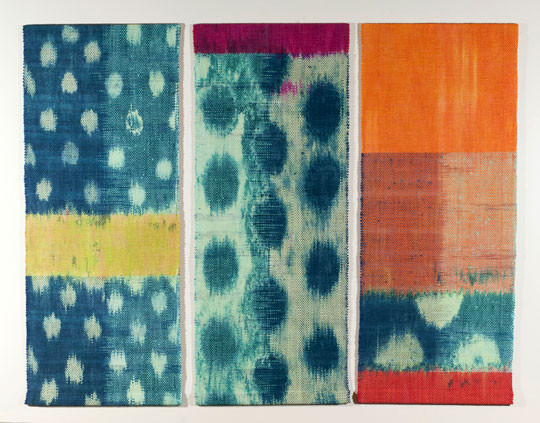
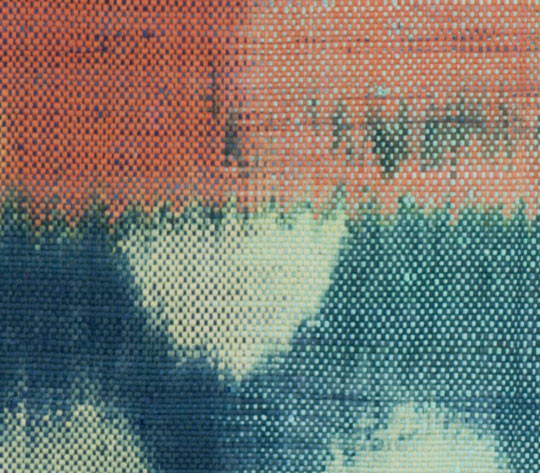
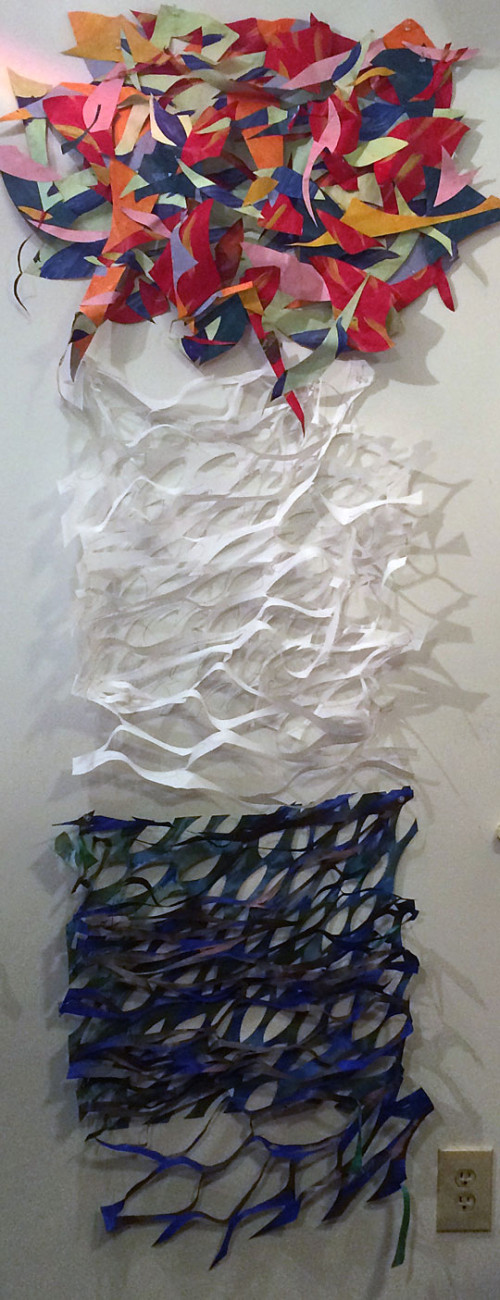
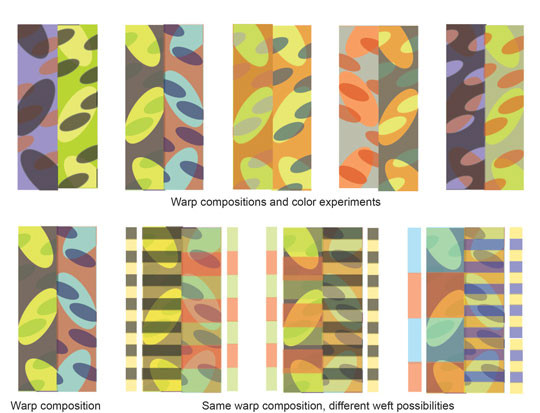
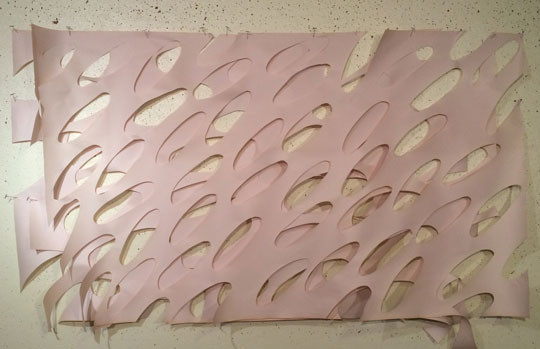
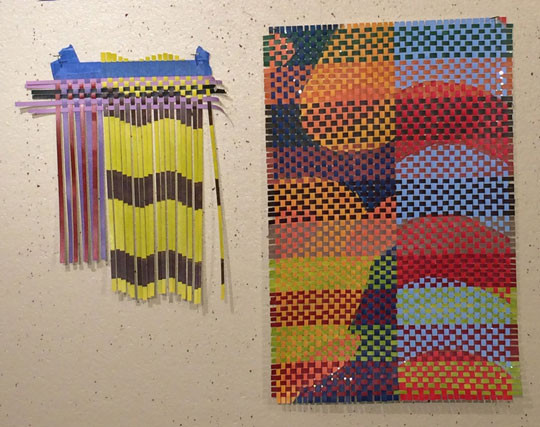
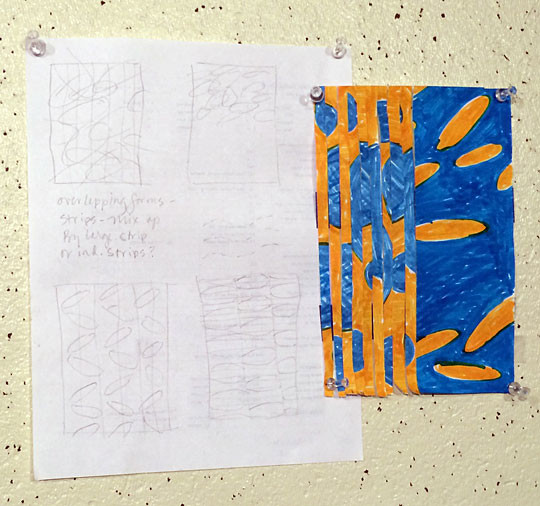
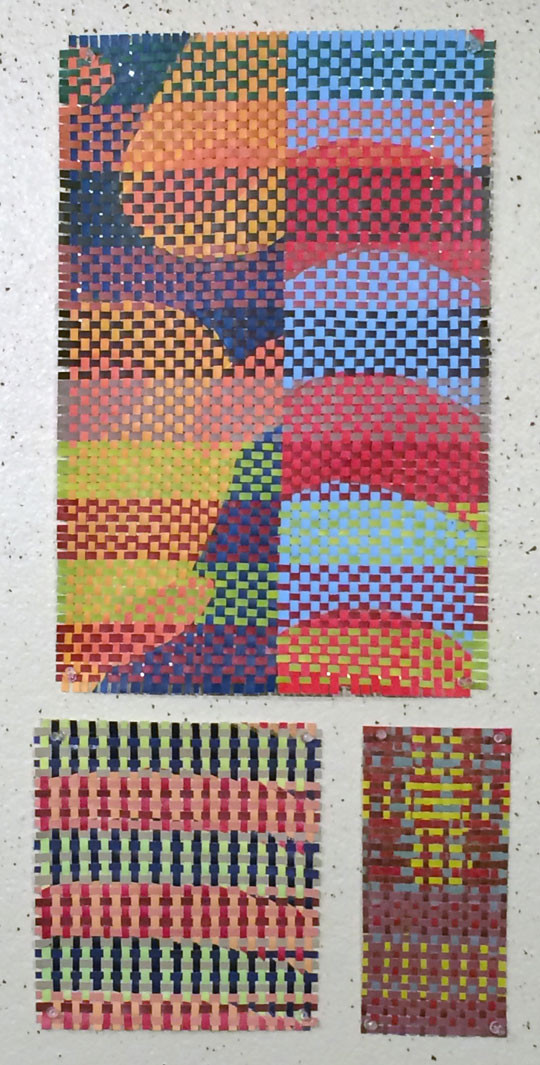
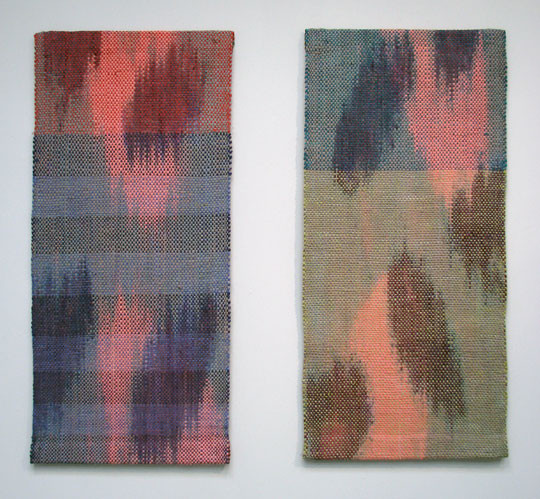
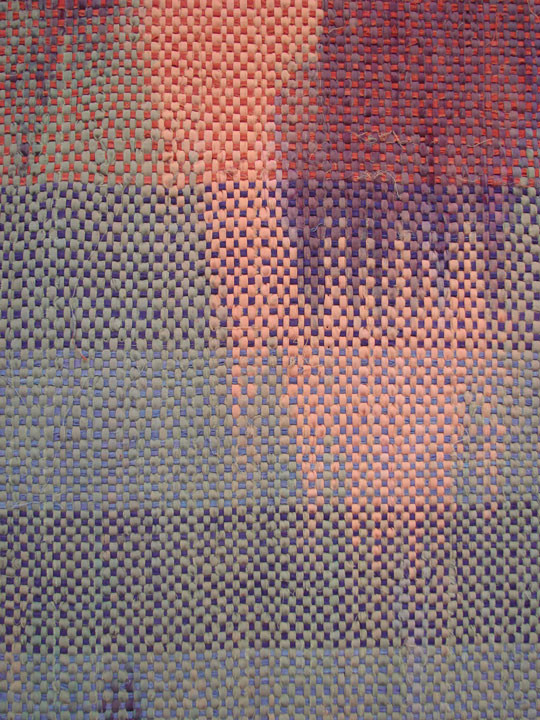
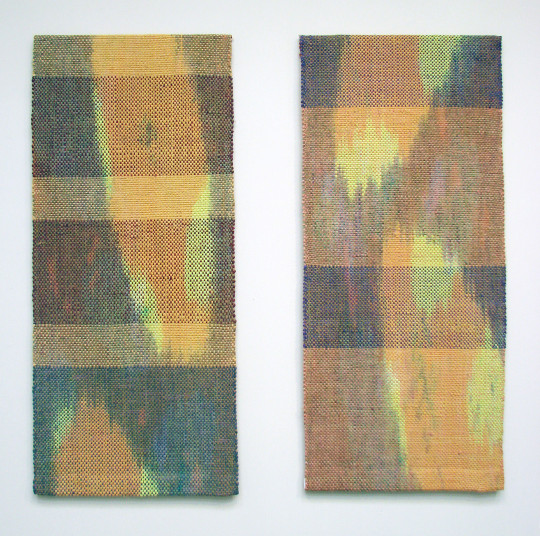
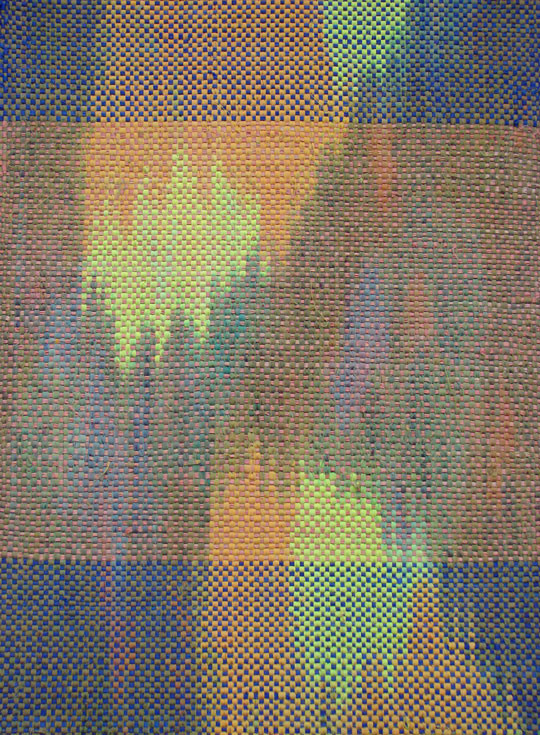

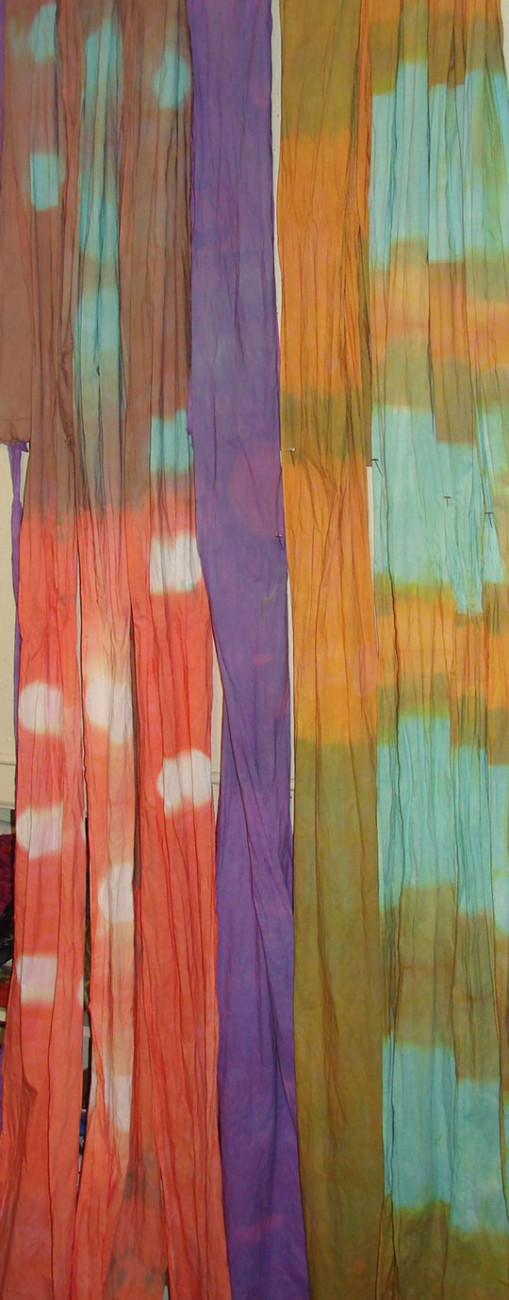
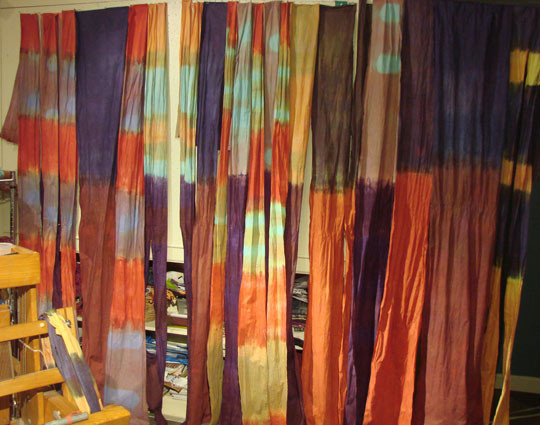
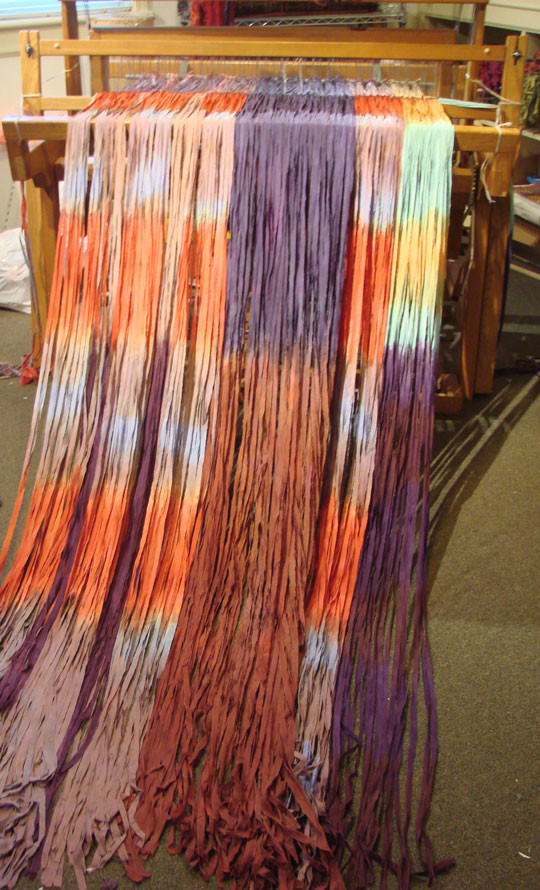
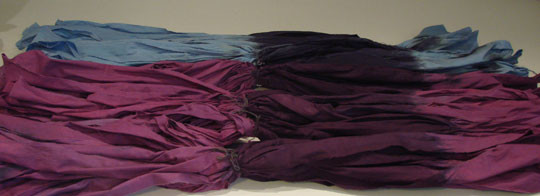
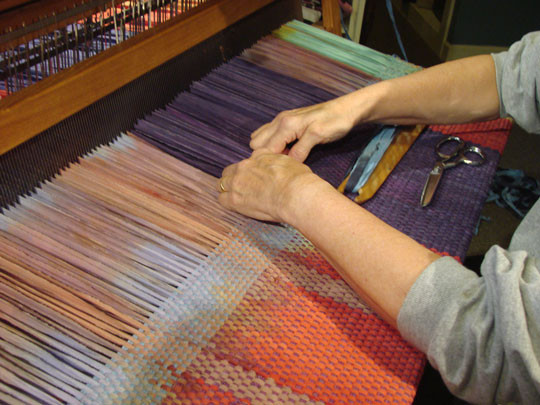
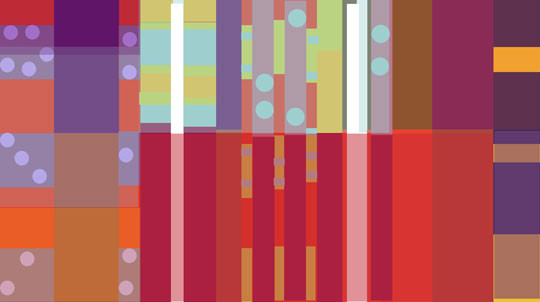
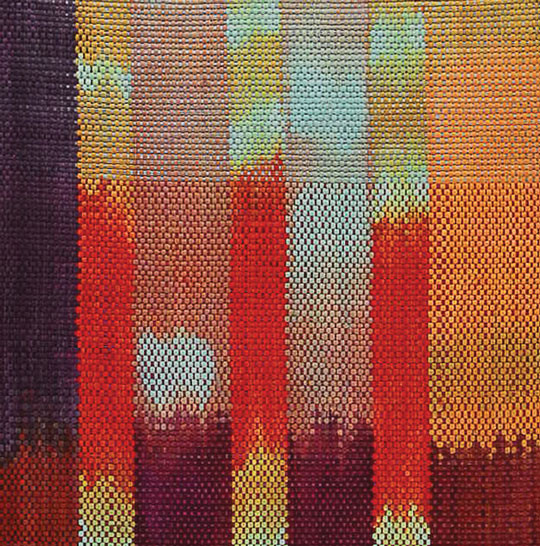
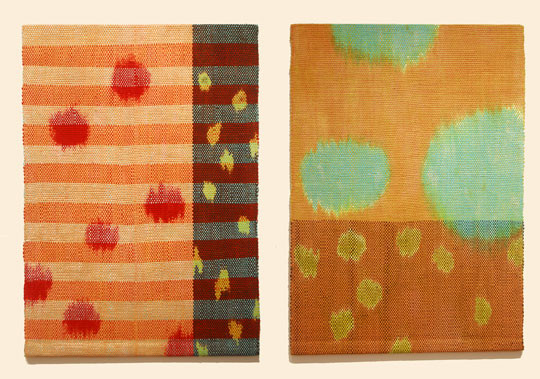
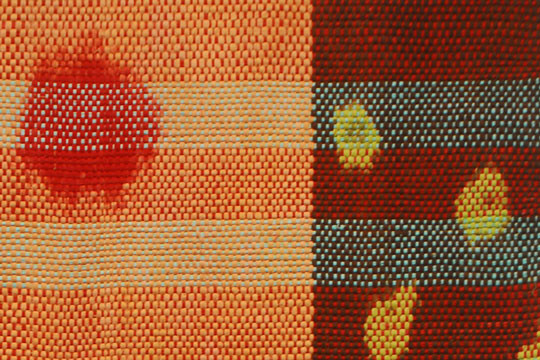
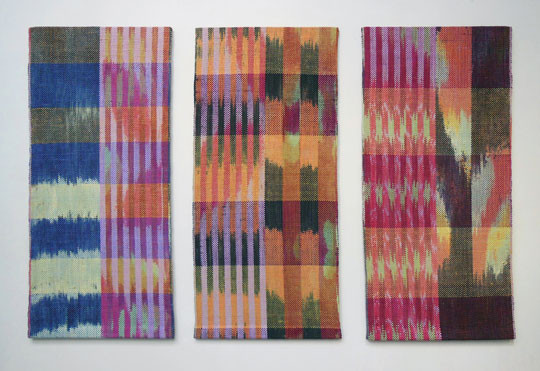
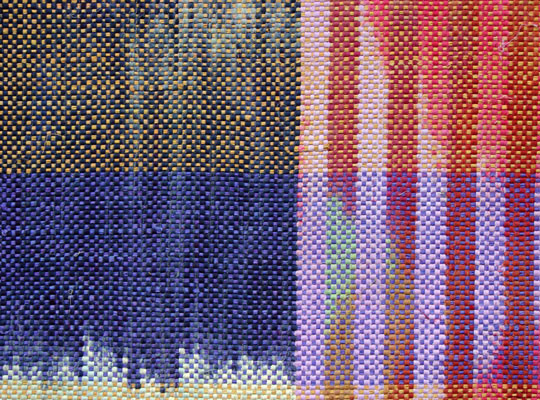















Amazingly inspirational content. So much detail about her methods. Thank you!
What a pleasure to read this interview, as I very much enjoyed seeing Ann’s piece Serendipity at the Intertwined show in Duluth, GA. The interplay of color and structure are truly mesmerizing.